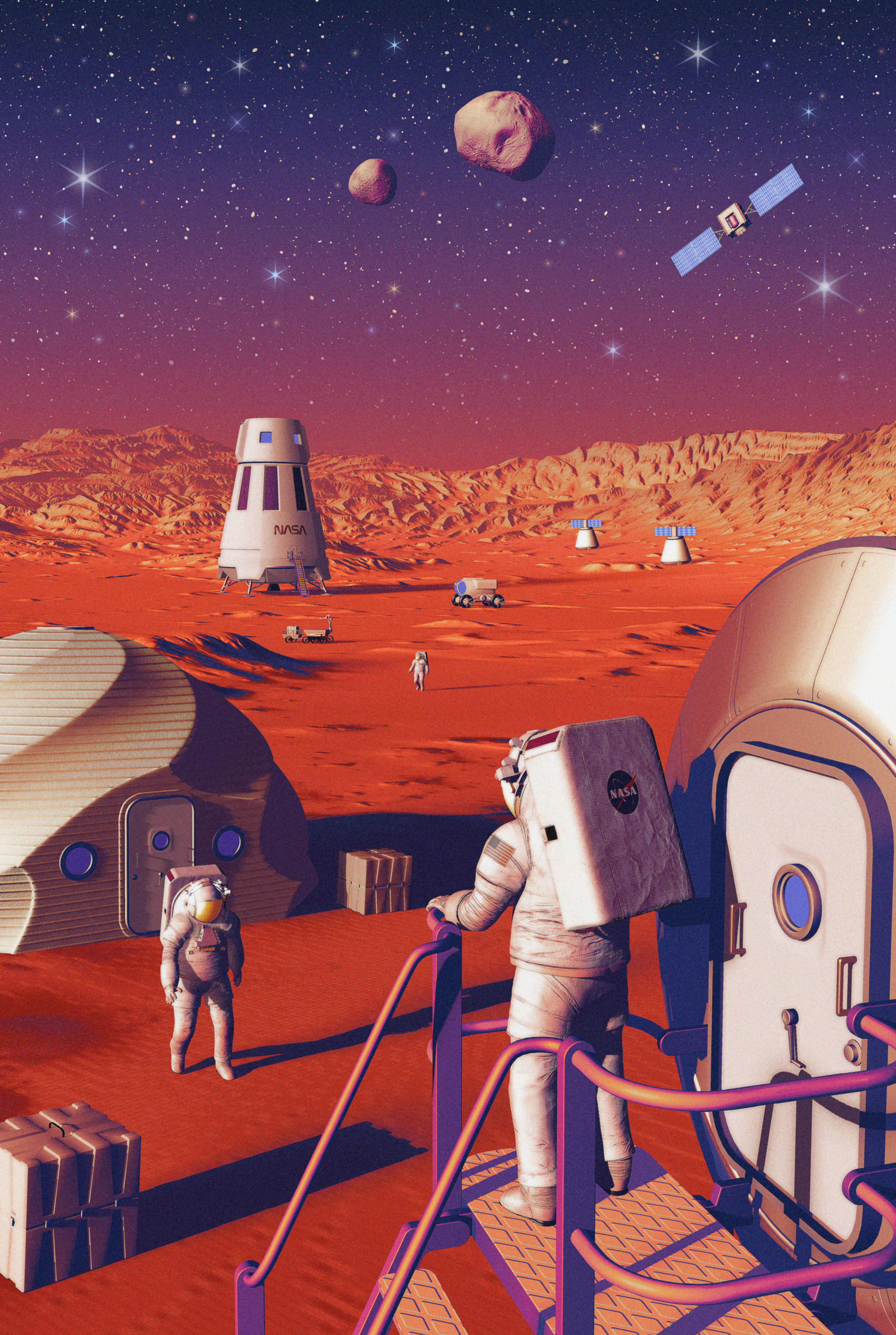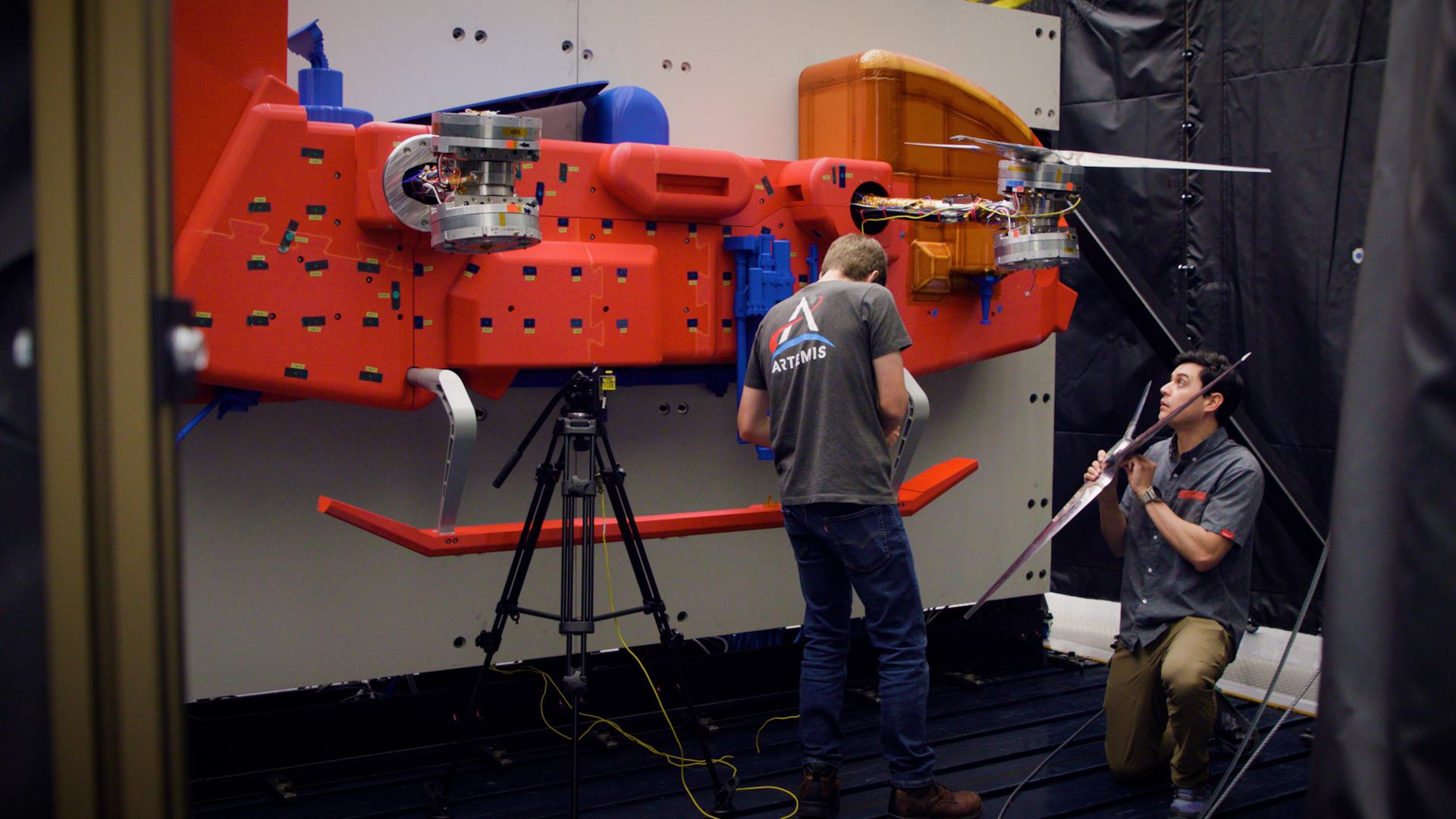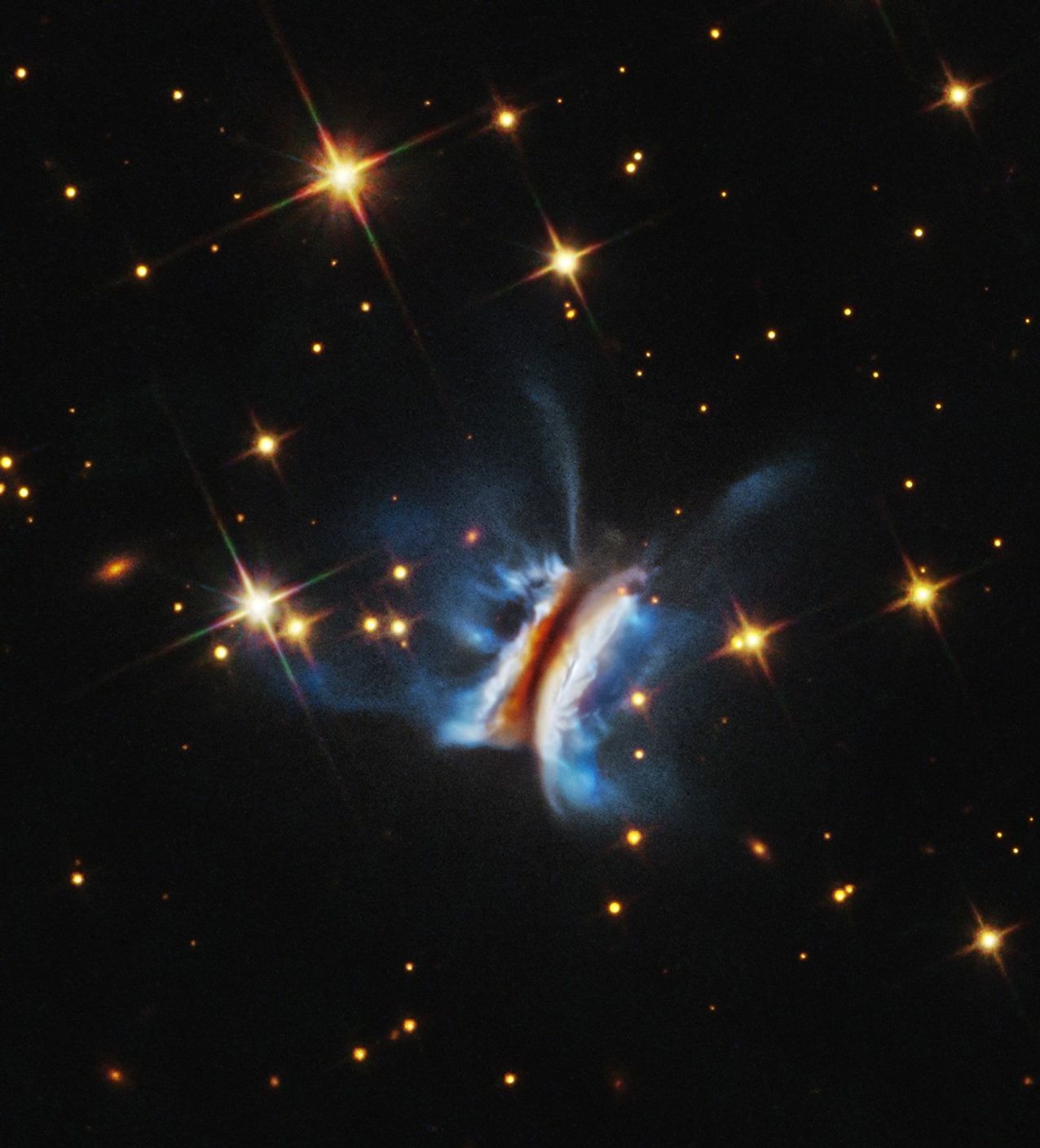Technology Development
NASA is sponsoring a joint effort by researchers at the Johns Hopkins Applied Physics Laboratory (APL) and the National Institute of Standards and Technology (NIST) to develop a novel miniature absolute scalar magnetometer based on a micro-fabricated alkali-metal vapor cell. The vapor cell has a volume of only 1 mm3 so that it can be efficiently heated to its operations temperature by a specially designed resistive heater implemented in multiple layers of a transparent semiconductor chip. The small volume and mass and the minimal power requirements of this magnetometer will enable it to serve as an ultra-precise inflight calibration standard for resource-constrained future spaceflight missions. The instrument will be qualified for operation in a space environment during flight on a sounding rocket funded by NASA for an international scientific campaign to explore the auroral cusp region.
In 2017, the team fabricated prototypes of the power supply and the control electronics. These components underwent extensive testing to verify operation in the targeted environment. For this purpose, a simulator for the variable and rotating magnetic field observed in the reference frame of the rocket was constructed. During testing, the team identified several problems with the prototype that will be resolved during the development of the flight instrument.
Impact
The magnetic field is a fundamental physical quantity, and its precise measurement plays a central role in addressing the scientific objectives of many planetary, solar, and interplanetary science missions. Deployment of instruments on such missions is subject not only to need, but also to resource accommodation. The absolute scalar magnetometer under development yields a quantum reduction of resource needs compared with its peers. A prototype built has a total mass of fewer than 500 g and uses less than 1 W of power, while maintaining a sensitivity comparable to present state-of-the-art absolute magnetometers. Spacecraft should be able to accommodate this instrument even under severe resource constraints, so widespread use of such instruments in future missions is anticipated.
Future Plans
Following completion of the magnetometer, the team will integrate the flight experiment with one of two sounding rockets of the Twin Rockets to Investigate Cusp Electrodynamics II (TRICE-2) mission at the NASA Wallops Flight Facility. Both sounding rockets will then be shipped to Andøya, Norway, where they are scheduled for launch in December 2018. The flight demonstration will qualify the instrument for use in future scientific missions in the space environment of Earth and other planets. Most scientific applications require measurements of the magnetic field direction in addition to the magnitude. The upgrade to a vector instrument is therefore the next planned step in this instrument development effort.
Sponsoring Organization
The development of the sounding rocket experiment is sponsored by the Heliophysics Division via the H-TIDeS program. Development of other aspects of the technology are sponsored by the Planetary Science Division via the PICASSO and MatISSE programs. The Principal Investigator is Dr. Haje Korth at the Johns Hopkins Applied Physics Laboratory.



































